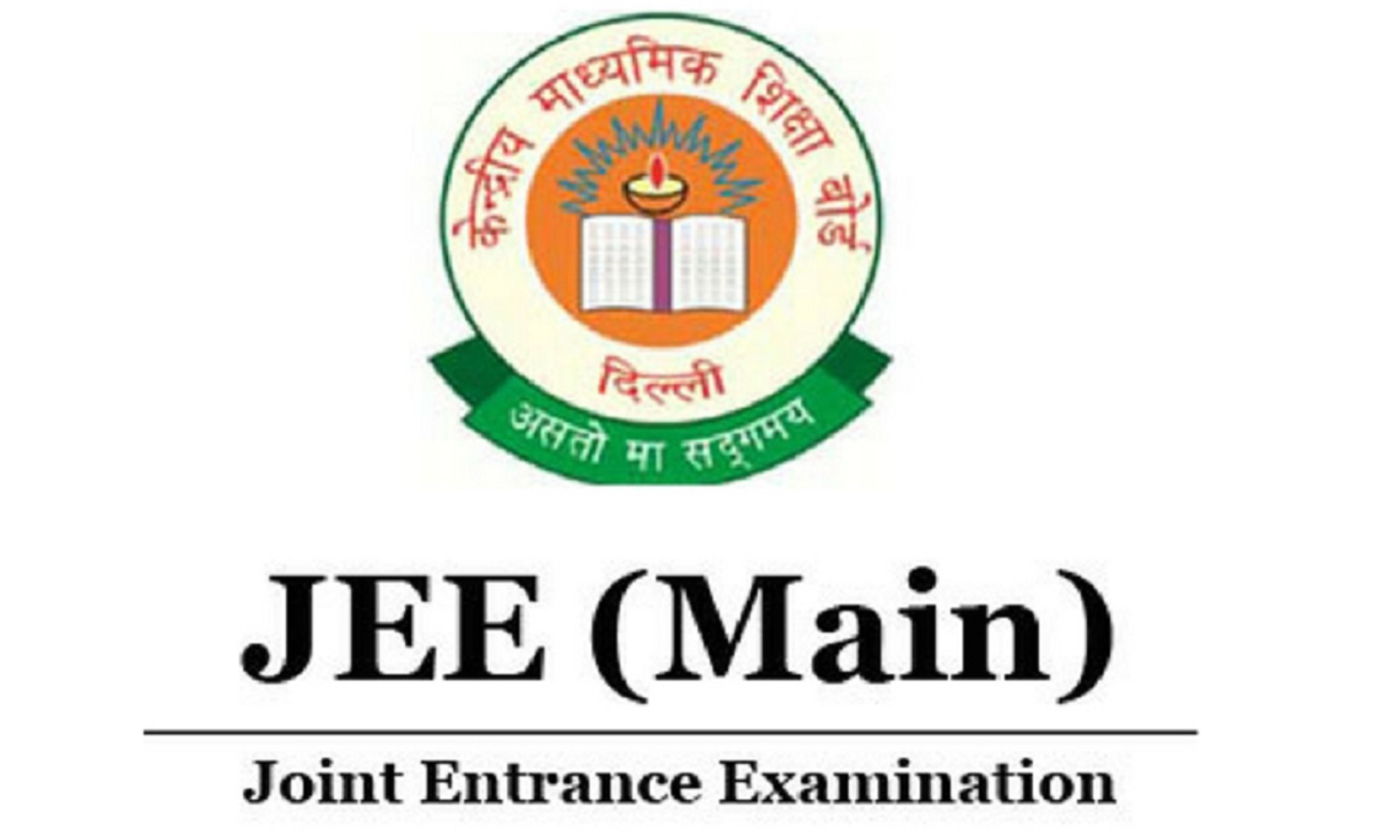The Life Of An IT Professional In India(Week 8)
The Life Of An IT Professional In India
The IT sector is relatively new in India.[1] In
fact, it has not seen one generational change yet, as it started around the
seventies. However, in its relatively short life span, it has become one of the
world’s top leaders in IT development and research. After twenty years of world
domination, India’s IT sector has proven to be a force still to be reckoned
with, as it has continued to adapt to changes in the technological landscape
and has profited itself with innovation and skill. The sector has increased its
contribution to India’s GDP from 1.2% to 8% over the past two decades, and it
will only continue rising.[2]
An industry as competitive and complex as this one
requires a skilled workforce and competent individuals. There are many
qualities and attitudes required to stand out in such a competitive industry,
but before I can present them let me paint the general picture of the life
cycle of an IT professional in India.
The Indian education system can be very stressful,
this is because it has fomented itself to raise a world-class IT workforce. Aspiring
engineers must submit themselves into the Joint Entrance Examination, which is
an assessment done to qualify students for admission into the various
engineering colleges in India.[3] More than two-million students
participate for one of the only ten thousand seat available. It is for factors
such as these that IT engineers educated in India are in demand all over the
world. The fact that they are educated in English also adds a special
attraction factor.
Universities providing the opportunity to enroll in an
IT career encourage participants to focus on mathematics, physics, and
chemistry.[4] A solid foundation in math is particularly essential.
Along with your studies, individual attributes such as willingness to learn, an
ability to work hard, analytical mind, and good communication skills are
essential at the time of dwelling in the IT field. All these skills and
qualities are key to do well in college and to secure a good entry-level
position in a respected, well-known company.
As I said before, the IT sector in India is relatively
new, it has not seen one generational change yet. Average age in companies
varies between 26-35 approximately.[5] A few older ones occupy the
top positions generally, but this is changing constantly and rapidly. In fact, the
IT industry has the highest attrition rate, this meaning that people, older
people, in high positions are constantly retiring from their positions.[6] This is caused by a lot of reasons, constant change being one of the main ones.
And speaking of change, I would like to talk about how
the IT landscape has changed in India in the past twenty years. As stated
before, change is the only constant in such a field. The Indian IT industry has
continued to adapt itself successfully and promptly to the changes in
technology. From the technology seen at the beginning of the millennium,
hardware and software, technological innovations such as the smartphone and
cloud storage, to the present time e-commerce field, India has formed itself to
be a powerhouse in the field.[2]Indian companies like Wipro have
set time and funds for research and development into innovation. The Indian
government, as well as companies, have set goals towards building new
competencies to prepare themselves for the future, and the constant will of the
Indian government to implement liberalization policies that reduce trade
barriers and eliminate import duties on technological products have created a
space in which creativity and innovation are fomented and practiced for everyone
with the will to dedicate itself to such a competitive, but rewarding field.
Sources:
- https://thetechpanda.com/a-brief-history-of-indian-it/29817/ https://www.investindia.gov.in/team-india-blogs/indian-technology-landscape-getting-stronger
- https://www.getmyuni.com/articles/iit-bombay-seat-matrix#:~:text=There%20are%20a%20total%20of,the%20exam%20of%20JEE%20Mains
- https://www.careerizma.com/careers/information-technology/#:~:text=Hiring%20managers%20of%20companies%20in,qualifications%20for%20an%20IT%20job.&text=Those%20interested%20in%20an%20IT,chemistry%20after%20their%20class%2010
- https://www.statista.com/topics/6583/employment-in-india/#dossierKeyfigures
- https://en.wikipedia.org/wiki/Information_technology_in_India



Comments
Post a Comment